Short Non-Business Guide (With a Touch of Business)
From dragon legends to dragon fruit smoothies, I’ll share my discoveries of how history shaped this entrepreneurial force.
Beyond Pho and Banh Mi
I lived in three Southeast Asian countries in the past ten years and I traveled a lot. My business took me to Hanoi at least 10 times in the past 4 years, but I never had the time to explore and observe the country from a steady angle. Finally I got the chance to travel the country for almost two weeks and absorb the culture.
There’s something appealing about Vietnam that made me write these lines. This short article blends history and culture, packaged in a takeaway box for travelers looking for a nuanced understanding of the context in Vietnam.
(Not a) Crash Course in History
Since I’m not a historian, my intention is not to debate and teach you history. But I like to learn some basic things about each country before I visit. It adds a little more depth to my experience and makes chatting with the locals way more interesting from the get-go.
Wars are an integral part of Vietnam’s history, so a large portion of the text is devoted to various conflicts throughout history, which I learned about before and during my trip.
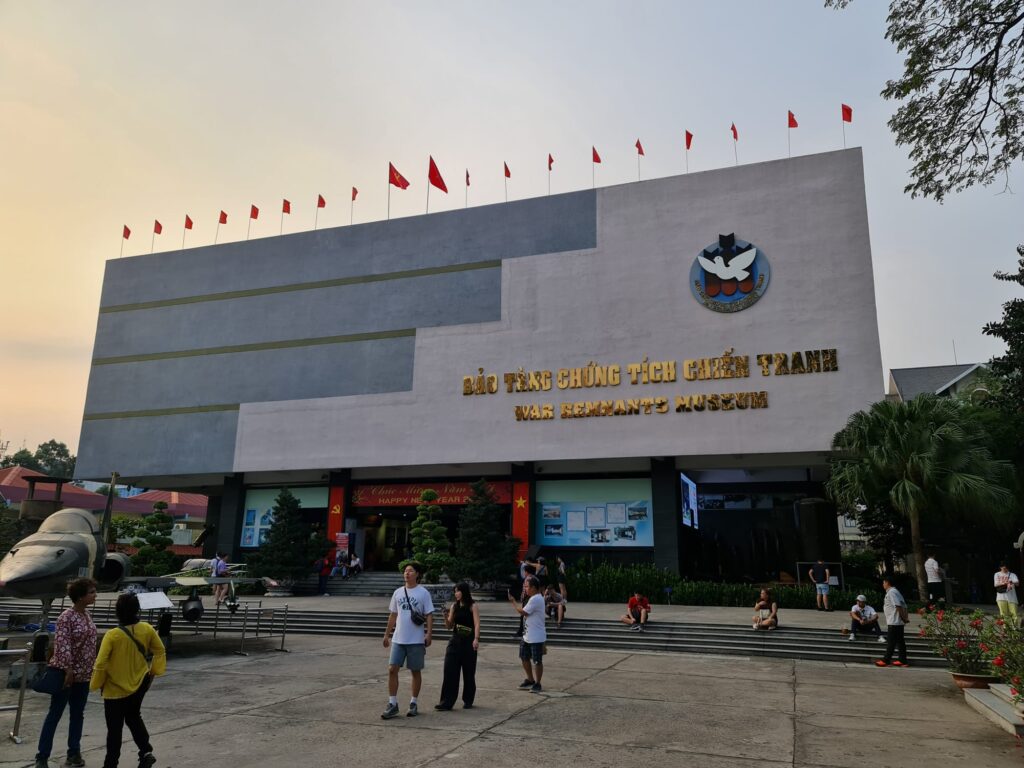
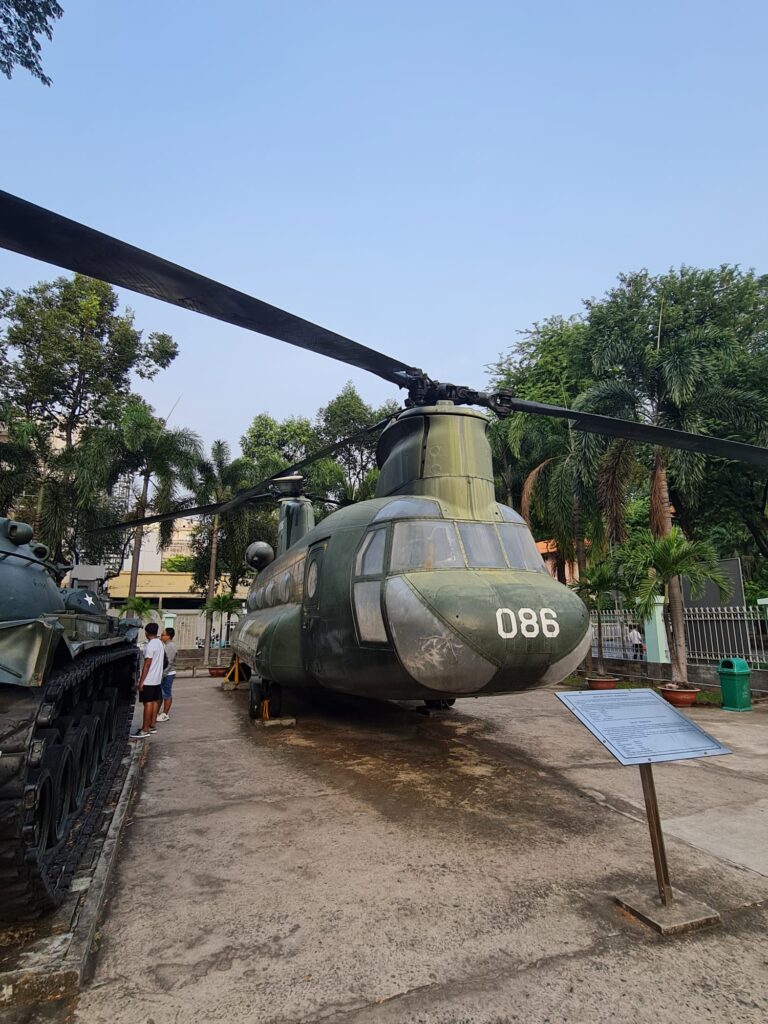
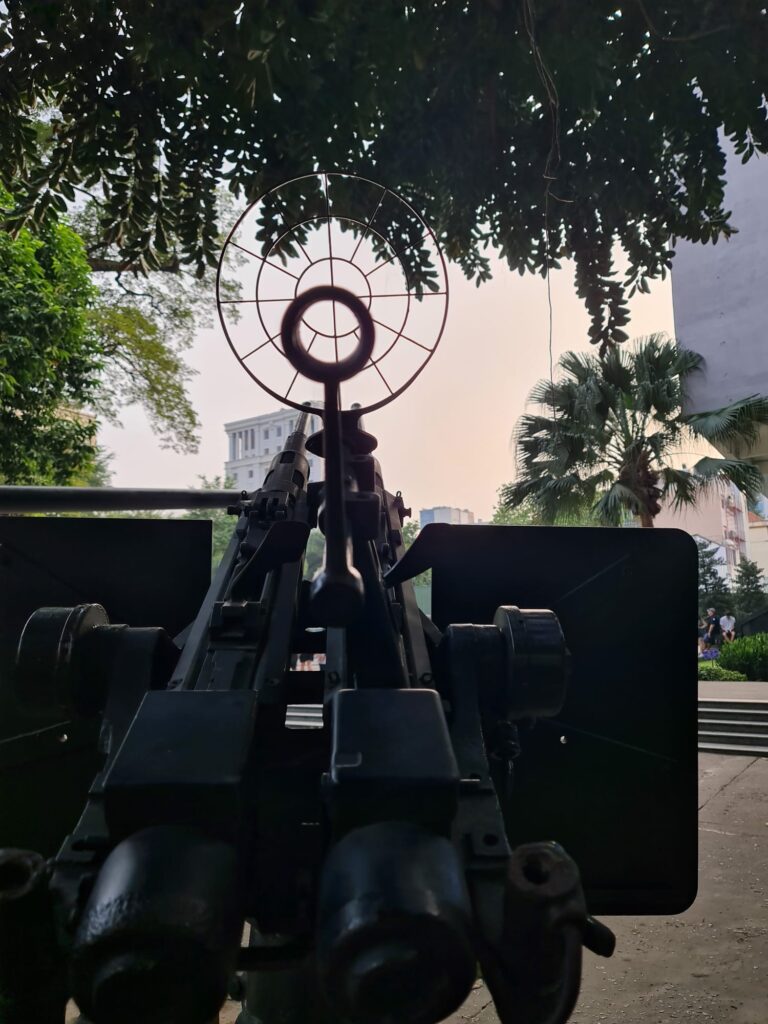
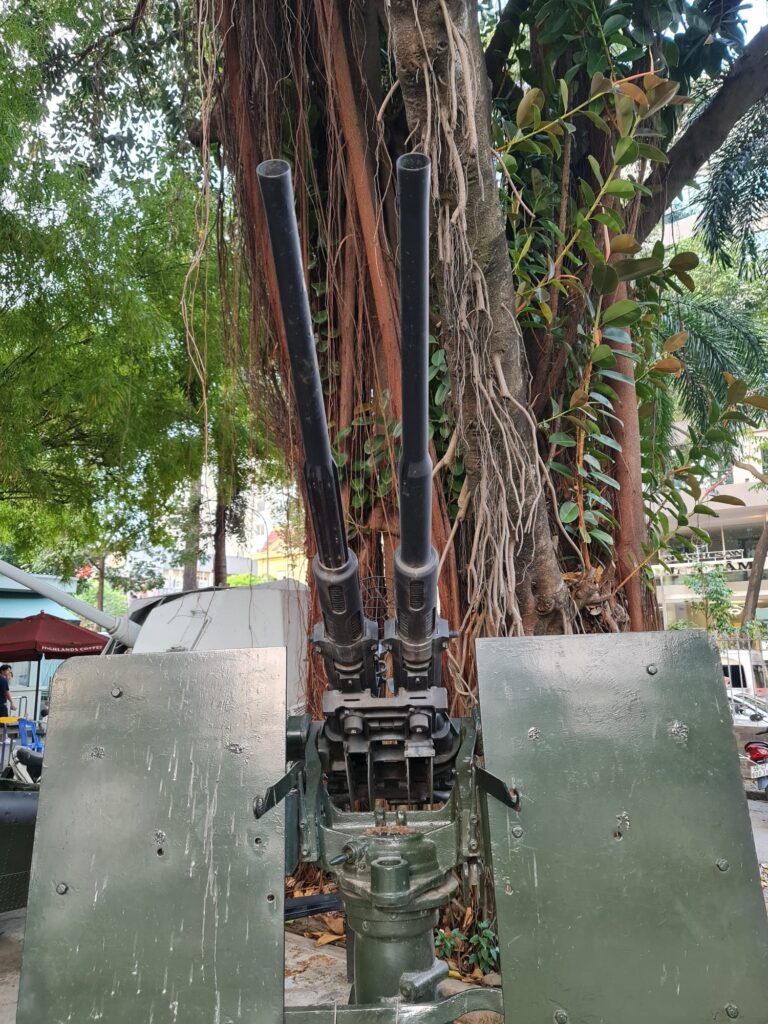
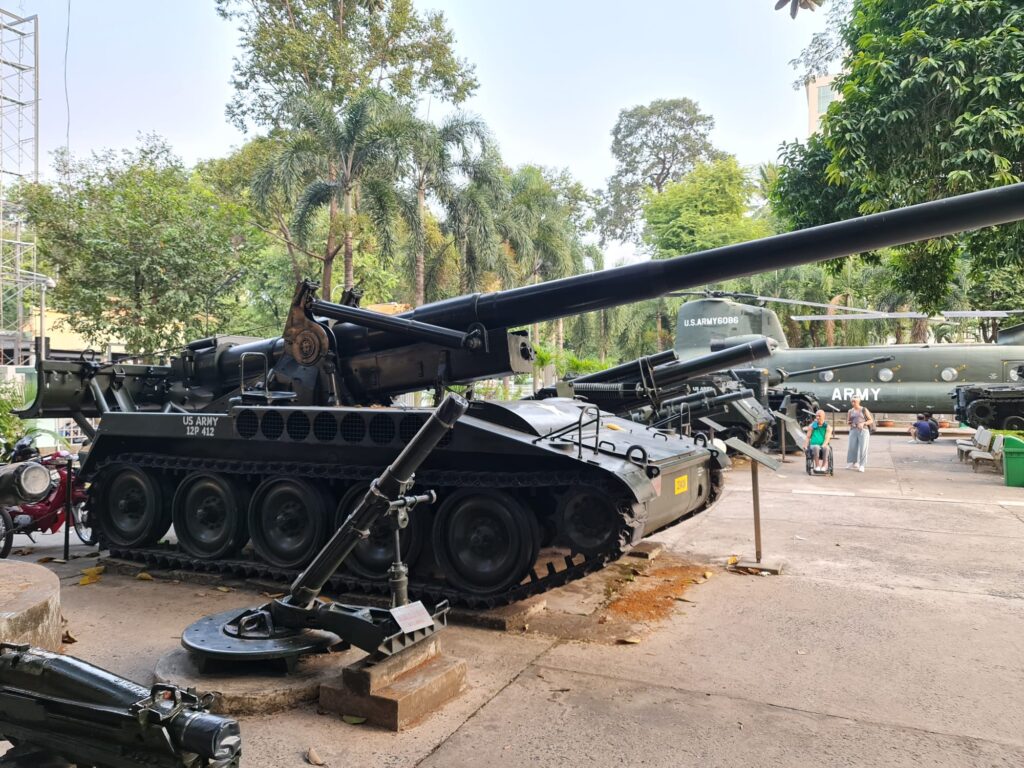
Vietnamese are a resilient nation with a long history of identity building and hardships.
📜 Meaning of the name
In ancient Vietnamese, Viet can be interpreted as the children of the Fairy and the Dragon. Nam means the South. So Dragon and Fairy Children from the South. I first heard this from a person in Ha Long. I researched it later and found some sources which tell the same story.
⌛️History
- For around 1,000 years, Vietnam (today’s northern part, focused around Hanoi) was under the rule of China.
- In the 11th century CE, they gained independence and kept it until 19th century.
- 19th and part of 20th century they were under French colonial rule.
- From 1940 onwards, Vietnamese fought several wars for independence until finally reuniting the North and the South in 1976.
- From 1976 it’s known under its current name Socialist Republic of Vietnam.
⚔ Wars
WW2: Japan
Timeline: 1940-1945
In 1940, the Vichy French administration in Vietnam fell under Japanese influence following the signing of the Franco-Japanese Armistice. The Japanese exploited Vietnam’s resources and strategically important location. In March 1945, Japan staged a coup, ousting the French colonial authorities. Subsequently, the Japanese established nominal Vietnamese self-rule under Emperor Bao Dai. However, this move did little to assuage nationalist sentiments. As the war progressed, the Viet Minh, led by Ho Chi Minh, emerged as a prominent anti-Japanese resistance force. The August Revolution in 1945 marked the beginning of the Viet Minh’s control over northern Vietnam, paving the way for the establishment of the Democratic Republic of Vietnam on September 2, 1945.
French colonial war
Timeline: 1946-1954
The Vietnam-French Colonial War unfolded from 1946 to 1954 as Vietnamese nationalists sought to end French colonial rule. One of its pivotal moments occurred at Dien Bien Phu in 1954. There the Viet Minh, led by General Vo Nguyen Giap, surrounded and besieged French forces stationed in the remote northwest. The Battle of Dien Bien Phu proved the effectiveness of guerrilla warfare against conventional military tactics. The Vietnamese forces, equipped with Soviet support, achieved a significant victory, leading to the Geneva Accords that ended the war.
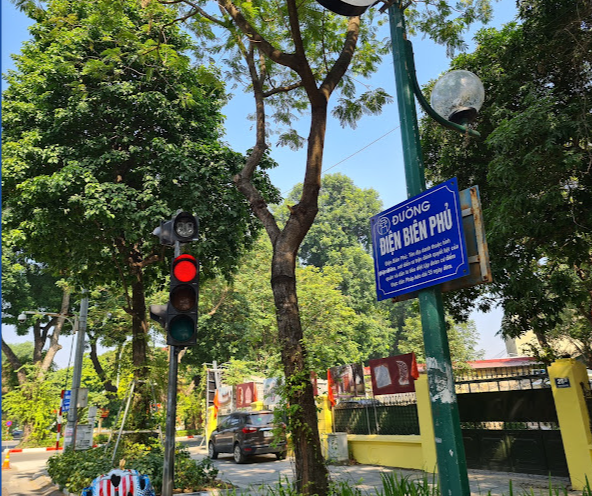
The agreement temporarily divided Vietnam along the 17th parallel. This paved the way for further hostilities and eventually the Vietnam War. Dien Bien Phu remains a symbol of Vietnamese resistance and a turning point in the struggle for independence against foreign occupation.
US War (Civil War, Vietnam War)
Timeline: 1954 – 1975
In Vietnam, people refer to it as US War or Civil War, since it was fought between Vietnamese North and the South. In the western history books, it’s mostly known as the Vietnam War.
How it Started
The Vietnam War, raged from 1954 to 1975, not just on Vietnamese soil but in the very heart of the ideological tug-of-war between the United States and the Soviet Union. With Vietnam as the battleground, global powers clashed, projecting their nationalist aspirations and geopolitical anxieties. North Vietnam, under the leadership of Ho Chi Minh, embraced communism and sought reunification under its banner. Backed by China and, to a lesser extent, the Soviet Union, they waged a tenacious guerrilla war against the U.S.-backed South Vietnamese government. Fueled by the domino theory, the U.S. saw Vietnam as a potential domino in a cascade of communist takeovers across Southeast Asia. Therefore they committed immense military and financial resources to contain the spread of communism. The war wasn’t just a bilateral brawl. China, wary of U.S. influence on its doorstep, provided crucial military and economic aid to North Vietnam. The Soviet Union, though more cautious, offered logistical and military support, while keeping a wary eye on China’s growing clout in the region.
Changing of Tides
Eventually, as tides started to turn, and the US realized the hard position they’re in, they started to open up relations with China, at the same time as Sino-USSR relations started to deteriorate. This led to unlikely alignment of US and China against Soviet Union and North Vietnam.
Overall, the conflict raged for over two decades, claiming millions of lives and leaving deep scars on Vietnamese society. Ultimately, the resilience of North Vietnam, coupled with dwindling public support for the war in the U.S who eventually withdrew in 1972., led to the fall of Saigon in 1975 and the subsequent reunification of Vietnam under communist rule in 1976.
Should You Talk About It?
If you ask the question, people will likely tell you stories about this war. Some even encourage tourists to ask the questions. However, you can still feel dividing opinions among locals.
One of the guides in our group lead our friends to the army tunnels near Ho Chi Minh City. His personal experience was bitter as his uncle and father fought on the opposite sides and they don’t communicate to this day. Being a Southerner himself, his feelings towards the North are…complicated.
Sino-Vietnamese War
Timeline: 1979-1979
The Sino-Vietnamese War, took place in 1979 between the People’s Republic of China and the Socialist Republic of Vietnam. The conflict started from historical territorial disputes, and Vietnam’s military intervention in Cambodia which China saw as a threat to its interests in the region. Lasting for about three weeks, the war resulted in significant casualties on both sides, strained diplomatic relations, and a tenuous ceasefire. The long-term consequences included lingering border tensions and a shift in regional alliances.
Vietnam-Cambodia War
Timeline: 1978 – 1989
The Vietnam-Cambodia War, occurred between 1978 and 1989. Prompted by Cambodia’s Khmer Rouge regime’s human rights abuses and border conflicts, Vietnam launched a military intervention in December 1978. The Vietnamese invasion led to the ousting of the Khmer Rouge from power in Phnom Penh in early 1979. Subsequently, Vietnam installed a more compliant government in Cambodia. In the early beginnings, the world was unaware of the atrocities conducted by the Khmer Rouge so this intervention drew condemnation from the international community and it also sparked a decade-long conflict characterized by guerrilla warfare. The war officially ended in 1989 with the withdrawal of Vietnamese forces, but the repercussions continued, affecting Cambodia’s political landscape and contributing to a prolonged period of instability.
Intro to Business
As I mentioned in the beginning, my business took me to Hanoi at least ten times in the past four years. One characteristic of businesspeople which I observed is the straightforward and tough negotiating style. During business interactions, Vietnamese show a directness that may seem assertive to outsiders. This approach could be rooted in a historical context shaped by years of wars and conflicts. The resilience developed during challenging times has translated into a determined negotiation stance. People in Vietnam prefer honesty and open communication; if something is not to their liking, they won’t hesitate to express it directly.
You will witness this hardline stance in almost every transaction – in the taxi, market or a boardroom. I experienced it many times, Vietnamese will not hesitate to stop you mid-sentence and ask to move on, change lanes or completely stop.
This upfront approach fosters transparency and clear understanding in business dealings, making it essential for outsiders to adapt to this cultural nuance when engaging in business activities in Vietnam
No Money, No Honey
Sapa is a nice little town in the north of Vietnam, very close to the border with China. We spent a few days there, enjoying the cool weather and beautiful nature. One day we went hiking in the nearby villages and we closed the details with a local lady who was also our guide (she worked in our hotel). When we came to rendezvous point, there were four more ladies waiting for us, each carrying a sack on her back. We did not know the meaning of this but we did not mind at all. They were interesting and pleasant to talk to. We passed several villages and in every one of them, we were welcomed by swarms of little children selling souvenirs – bracelets, toys and other hand-made things. We gave away money in the beginning, but as we progressed we spent all the change. In the 3rd or 4th village, one little girl approached me and started pitching her products (btw. everyone was selling exactly the same things 😁). I apologized and said:
Sorry dear, we’re out of money…
To which she started repeating:
No money, no honey!
They already graduated life school!
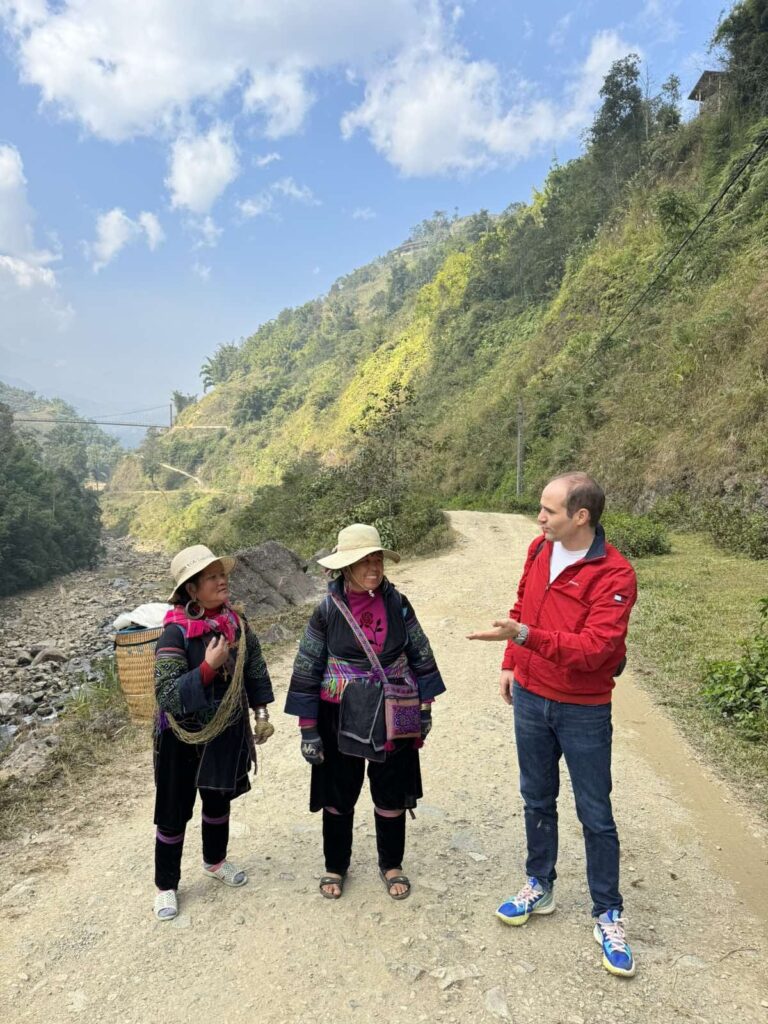
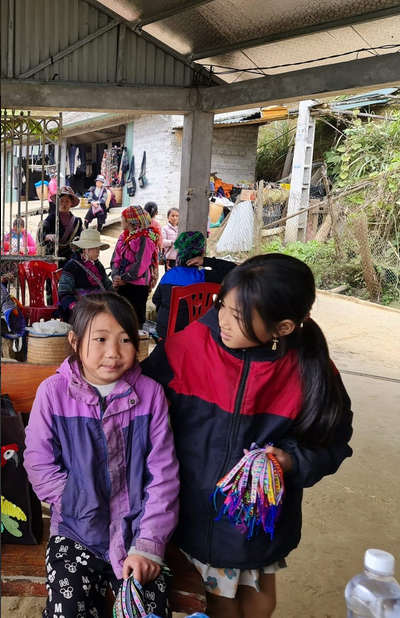
Eventually, when we sat down for lunch, the four other ladies from our entourage took out their souvenirs from the sacks and started selling to us. At that point they were with us for more than 2 hours, talking and making our hike more entertaining so naturally we gave them some money and they went on their way.
Warm and Friendly. But Tough
But in general, people are welcoming and warm. They will take care of you well, and make you feel welcome. They will approach you on the street just to ask how you’re doing. This particularly goes for the children who like to practice their English with foreigners.
📢 Here’s a shoutout to the boys and girls who approached us on the highway CT05 rest area on our way to Hanoi! Hope you had a great New Year party. 📢
Relations With China
Today, Vietnam and China are strong trade partners, but still there are some open territorial disputes and Vietnamese tend to take a cautious stance when doing business with China.
As an instance, when involved in product transactions, certain organizations will seek evidence of origin, requiring a certificate of origin for validation. If your product is made in China, it might be rejected just on this basis. (this stands particularly for IT equipment installed in datacenters).
Big Cities
Hanoi and Ho Chi Minh City are clear proof of the diversity within Vietnam. Hanoi, the capital, is a blend of ancient charm and French colonial influences. Its labyrinthine streets are riddled with small street caffes, and historic landmarks, creating a nostalgic atmosphere. On the other hand, Ho Chi Minh City, with its modern energy, reflects Vietnam’s economic dynamism. One striking feature is the cleanliness and architectural appeal of Ho Chi Minh City, ranking it among the nicest in Southeast Asia, which I’ve seen, though one must humbly exempt Singapore from any competition in these aspects. The mix of Hanoi’s history and Ho Chi Minh City’s modern vibes really shows how interesting Vietnam’s cities can be.
Locals explained that they use the names Ho Chi Minh City and Saigon interchangeably. Ho Chi Minh City is more used internationally, while Saigon is used internally.
So What Are The Lessons?…
This country holds a unique place in the heart of Southeast Asia. From the etymology of its name, to the hardships caused by the decades of continuous fighting, Vietnam is a showcase of endurance and determination.
It took me a while to adjust, but I find myself drawn to the vibrant business culture, dominated by directness and tough negotiation — a trait possibly influenced by the hard history of conflicts.
As someone who has travelled the Asia-Pacific region extensively, I can confidently say that Ho Chi Minh City, with its cleanliness and architectural style, is a standout destination—one that, despite having lived in various Southeast Asian countries, I would seriously consider as my next destination.
The journey through Vietnam unveils not only its historical complexities but also its contemporary appeal, making it an interesting destination for both travel and potential residence.



0 Comments